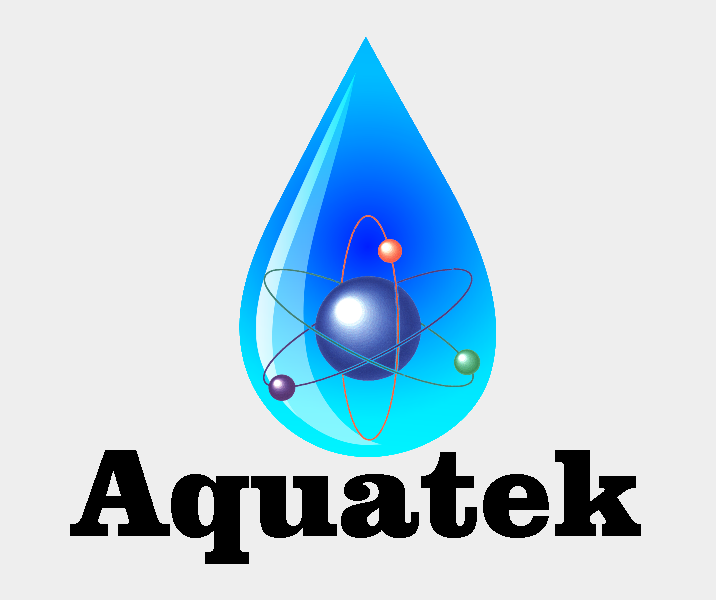Glossary of Water Treatment Terms & Definitions - E
Eductor
A venturi with an opening at the throat used to educt (suck in) air or liquid. The common method of introducing brine into a water softener.
Efficiency
The effectiveness of the operational performance of an ion exchanger. Efficiency in the adsorption of ions is expressed as the quantity of regenerant required to effect the removal of a specified unit weight of adsorbed material, e.g., pounds of acid per kilogram of salt removed.
Effluent
The outflow of a water treatment device. Sometimes used to mean the product water of a given water conditioning device or system.
Electrodialysis
A dialysis process using semi-permeable membranes.
Electrolyte
A chemical compound which dissociates or ionizes in water to produce a solution which will conduct an electric current. Could be an acid, base, or salt.
Elution
The stripping of adsorbed ions from an ion exchange material by the use of solutions containing other ions in concentrations higher than those of the ions to be stripped. The process of washing out adsorbed material, especially by use of a solvent.
End-Point
The end point is that point in the exhaustion run of a water conditioner such as a softener or deionizer at which the water quality has dropped below an acceptable level
Eutrophication
The aging process of a body of water caused by the depletion of available oxygen. It can be accelerated by human activities that add too many nutrients to the water such as barn yard runoff or fertilizers.
Exchange Sites
Locations on ion exchange resin beads which hold mobile ions that are available for exchange with other ions in a solution passing through the bed. These sites are also called functional groups.
Exchange Velocity
The rate with which one ion is displaced from an exchanger in favor of another.
Exhaustion
The state of the adsorbent such as activated carbon, a water softener, or a deionizer that is no longer capable of the removal of a specific pollutant or of useful ion exchange. The exhaustion point is determined arbitrarily in terms of: (a) the presence or increase of an adsorbent contaminant as chlorine; (b) a value in parts per million of ions in the effluent solution; (c) the reduction in quality of the effluent water determined by a conductivity bridge which measures the resistance of the water to the flow of an electric current.
